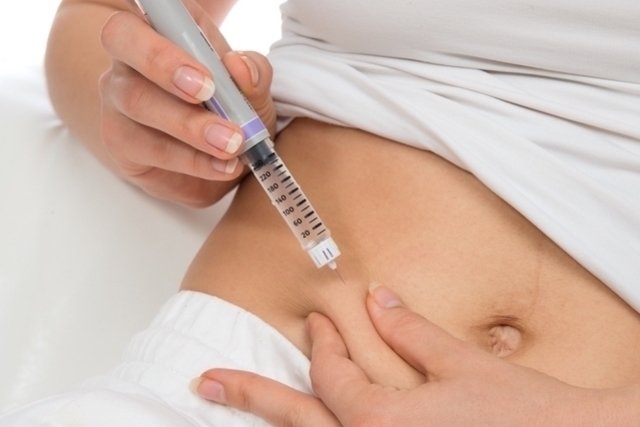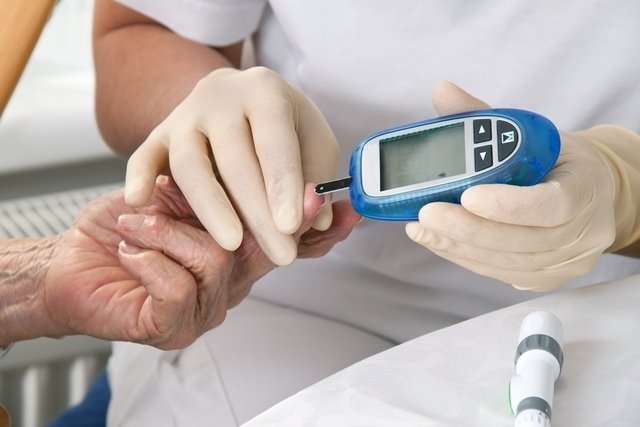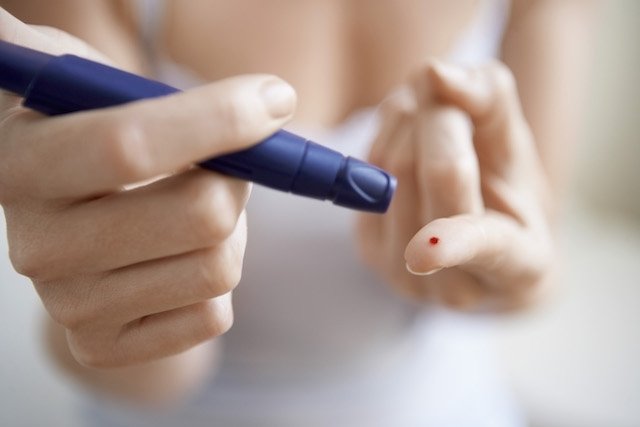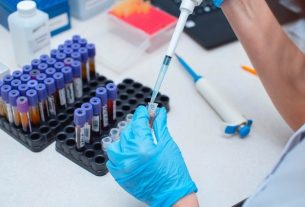The main types of diabetes mellitus are type 1 and type 2, which present some differences, such as in relation to their cause, which may be autoimmune, as in the case of type 1, or associated with genetics and lifestyle habits, such as happens in type 2.
These types of diabetes can also vary depending on the treatment, which can be done with the use of pill medications or insulin.
However, there are still other variants of these types of diabetes, which are gestational diabetes, which appears in pregnant women due to the influence of hormonal changes during this period, Latent Autoimmune Adult Diabetes, or LADA, and Maturity Onset Diabetes of the Youngor MODY, which mix characteristics of type 1 and 2 diabetes.
Therefore, to better understand the difference between types of diabetes, it is important to know how each disease develops:
1. Type 1 diabetes

Type 1 diabetes is an autoimmune disease, in which the body incorrectly attacks the cells in the pancreas that produce insulin, destroying them. Thus, the lack of insulin production causes an accumulation of glucose in the blood, which can cause harm to various organs, such as kidney failure, retinopathy or diabetic ketoacidosis.
Initially, this disease may not cause symptoms, however, in some cases it may appear:
- Frequent urge to urinate;
- Excessive thirst and hunger;
- Weight loss without apparent cause.
This type of diabetes is generally diagnosed in childhood or adolescence, as this is when this change in immunity occurs.
Typically, type 1 diabetes is treated with daily insulin injections, as well as a diet low in sugar and low in carbohydrates. Find out what your diet should be like and what you should and shouldn’t eat if you have diabetes.
It is also important that patients maintain regular physical exercise, under the guidance of an educator, to help control sugar levels and maintain a regulated metabolism.
2. Type 2 diabetes

Type 2 diabetes is the most common type of diabetes, being caused by genetic factors together with bad lifestyle habits, such as excessive consumption of sugar, fat, sedentary lifestyle, overweight or obesity, which cause defects in the production and action of insulin in the body. .
Generally, this type of diabetes is detected in people over 40 years of age, as it develops over time and, in the initial stages, does not cause symptoms, silently causing damage to the body. However, in severe cases and without treatment, it can cause the following symptoms:
- Constant feeling of thirst;
- Exaggerated hunger;
- Frequent urge to urinate;
- Weight loss without apparent cause;
- Difficulty healing wounds;
- Blurred vision.
Before diabetes sets in, the person has usually had a period of high blood glucose for several months or years, which is called pre-diabetes. At this stage, it is still possible to prevent the development of the disease by carrying out physical activities and controlling the diet. Understand how to identify and treat pre-diabetes to prevent the disease from developing.
Type 2 diabetes is treated with medicines to control blood glucose, such as metformin, glibenclamide or gliclazide, for example, prescribed by a general practitioner or endocrinologist. But, depending on the patient’s health status or worsening blood sugar levels, daily use of insulin may be necessary.
In addition to pharmacological treatment, a controlled diet of sugar and other carbohydrates and fats must also be maintained, in addition to it being important to practice regular physical exercise. These measures are essential for correct control of the disease and for aging with a better quality of life. Find out more about the treatment and consequences of type 2 diabetes.
Differences between type 1 and type 2 diabetes
The table provides a summary of the main differences between these two types of diabetes:
The diagnosis of diabetes must be made with blood tests that identify excess glucose in the circulation, such as fasting blood glucose, glycated hemoglobin, glucose tolerance test and capillary blood glucose test. See how these tests are carried out and the values that confirm diabetes.
3. Gestational diabetes

Gestational diabetes appears during pregnancy and can be diagnosed in glucose tests after 22 weeks of pregnancy, and is also caused by dysfunction in the production and action of insulin in the body.
It generally happens in women who already have a genetic predisposition or who have unhealthy lifestyle habits, such as eating too much fat and sugar.
The symptoms of gestational diabetes are similar to those of type 2 diabetes and its treatment involves adequate nutrition and exercise to control diabetes, as it tends to disappear after the baby is born. However, in most cases, the use of insulin is necessary for adequate blood glucose control.
Find out more about the symptoms of gestational diabetes, its risks and how to treat it.
4. Other types

There are also other ways of developing diabetes, which are rarer and can be triggered by different reasons. Some of them are:
- Latent Autoimmune Diabetes of Adulthood, or LADA, is an autoimmune form of diabetes, but it occurs in adults. This type is generally suspected in adults with type 2 diabetes who have very rapid impairment of pancreas function and who need to use insulin early;
- Maturity Onset Diabetes of the Young, ou MODY, is a type of diabetes that occurs in young people, but it is milder than type 1 diabetes and more similar to type 2 diabetes. Therefore, it is not necessary to use insulin from the beginning. This type of diabetes is becoming increasingly common, due to the increase in the number of children with obesity;
- Genetic defects which may cause changes in the production or action of insulin;
- Pancreas diseasessuch as tumor, infection or fibrosis;
- Endocrine diseasessuch as Cushing’s syndrome, pheochromocytoma and acromegaly, for example;
- Diabetes triggered by medication uselike corticosteroids.
There is also a disease called diabetes insipidus which, despite having a similar name, is not diabetes, being a disease related to changes in hormones that produce urine. If you want to know more about this disease, see how to identify and treat diabetes insipidus.

Sign up for our newsletter and stay up to date with exclusive news
that can transform your routine!
Warning: Undefined array key "title" in /home/storelat/public_html/wp-content/plugins/link-whisper-premium/templates/frontend/related-posts.php on line 12
Warning: Undefined array key "title_tag" in /home/storelat/public_html/wp-content/plugins/link-whisper-premium/templates/frontend/related-posts.php on line 13




